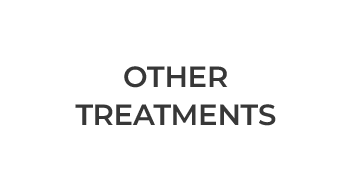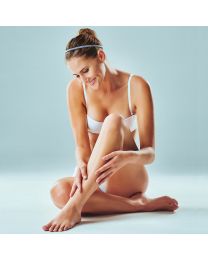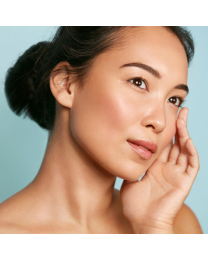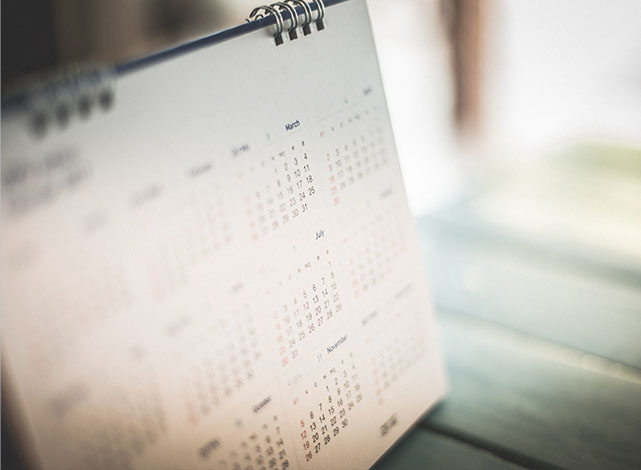Vidya comes with 19 years of experience being a P.A and is a leader in cosmetic injectables and noninvasive facial treatments. Her “less is more” philosophy, and natural-looking results will leave you the best version of yourself. “The goal is to look rejuvenated and not ‘frozen’ when it comes to Botox and dermal fillers.
What causes wrinkles?
Every wrinkle and fine line is a byproduct of ongoing use and expression. We squint, we smile, we furrow our brows, and over time this causes skin to break down. Each line starts out correctable and imperceptibly small. Yet without treatment, lines naturally progress to become deeper and more apparent.
Day-to-day expression isn’t the only culprit! Sun exposure, lifestyle, and intrinsic factors like genetics all contribute to lines on a fac
If you notice fine lines and wrinkles developing due to repeated facial expressions or are interested in preventing them from forming in the first place, Botox could be just the noninvasive cosmetic solution for you.
When working with Vidya you can discuss your skin concerns and personal aesthetic goals to develop a treatment plan tailored to you that meets your cosmetic needs.
TRY THIS AT HOME
In front of a mirror, raise your eyebrows. Now furrow them. Now make an exaggerated smile. Are you seeing lines form or showing more dramatically? Treating these lines now will effectively prevent their advance!
What are the most common cosmetic areas injected with Botox?
The facial areas that Botox has been approved to treat have expanded throughout the years. Initially, Botox was only approved for the glabella lines or furrows between the eyebrows.
- Forehead lines or worry lines. The forehead is an area that tends to wrinkle even when we are young, and we often appear worried or stressed.
- Glabella lines. The deep furrow which can form between the eyebrows can often make one look angry or scowling. Botox treats this deep wrinkle, and a small amount of Botox can relax this area. One of the most popular treatment areas for Botox® Cosmetic is to reduce these frown lines. Frown lines (sometimes called “11″ lines due to their shape) between the eyebrows are caused by the action of a facial muscle called the corrugator muscle and the bunching of skin from repeated facial muscle contractions.
- Crow’s feet around the eyes. Botox can remove the fine lines that are most obvious when you smile or squint.
- Necklines or Cords. Botox can be used to minimize and smooth the lines around the neck in what’s called the“Nefertiti lift” by injecting the cords or platysmas bands.
- Lines around the mouth. Botox can be used to treat the smoker’s lines around the upper lip, which is a sure sign of aging.
- Pau d’orange of the chin. Botox can be used to remove the texture and dimpling of chin wrinkles.
- Frown lines around the mouth. Botox can be used to lift the angles or corners of the mouth to fix depressed-looking smiles.
- Brow lift. Botox can be used to raise the brow, give patients a brow lift, and open up their eyes.
- Botox Masseter Reduction for Facial Slimming. Botox can be used to slim the face and make the square jaw rounder non-surgically. to use Botox for non-surgical jaw reduction via the use of just one injection on each side of the jaw. This process, known as “or Botox Square Jaw Reduction” increased in popularity over the years. The TMJ joint is responsible for patients who grind their teeth at night. Injecting the masseter muscle relieves the pressure of this hypertrophied masseter muscle and relieves the pressure of the TMJ.
What other medical conditions does Botox treat?
The U.S. Food and Drug Administration has approved Botox treatment for many other medical indications, including:
- TMJ pain: Botox is highly effective at treating the symptoms of temporomandibular joint (TMJ) disorders and jaw tension for patients who suffer from this disorder. Botox injections eliminate the headaches arising from teeth grinding and diminish lockjaw as well.
- Migraine headaches: Botox has been approved for patients with severe migraines to relieve the pressure and alleviate the pain.
- Excessive Sweating or Hyperhidrosis: Botox is commonly used to reduce severe underarm sweating and make it possible for patients to wear clothing without staining.
- Depression: Recent studies have shown that Botox injections can treat facial expressions, influence feelings of depression, and make patients feel happier since they do not appear frowning.
- Cervical Dystonia: Botox treats this neurological muscle disorder, which causes neck pain and severe muscle spasms in the head and neck.
- Overactive Bladder: or Urinary Incontinence: Botox is highly effective at treating adults with urinary incontinence who have urinary urgency and frequency symptoms and have an inadequate response to or are intolerant of anticholinergic medication.
- Blepharospasm: Botox is used to treat blepharospasm, which is an abnormal twitch of the eyelid, many of which are chronic.
- Strabismus: Strabismus is a disorder in which the eyes cannot look in exactly the same direction at the same time, and Botox can temporarily alleviate it.
- Muscle spasms: Botox can reduce muscle spasms around the eyes and in the neck, arms, legs, hands, and feet
Can Botox cause headaches?
Some patients may experience mild headaches after having Botox injections in the face, although this is not a common side effect. Studies have shown that patients who have Botox injections for the treatment of severe migraines are most likely to experience mild headaches as a side effect of treatment.
| Brand | Other Treatments |
|---|














